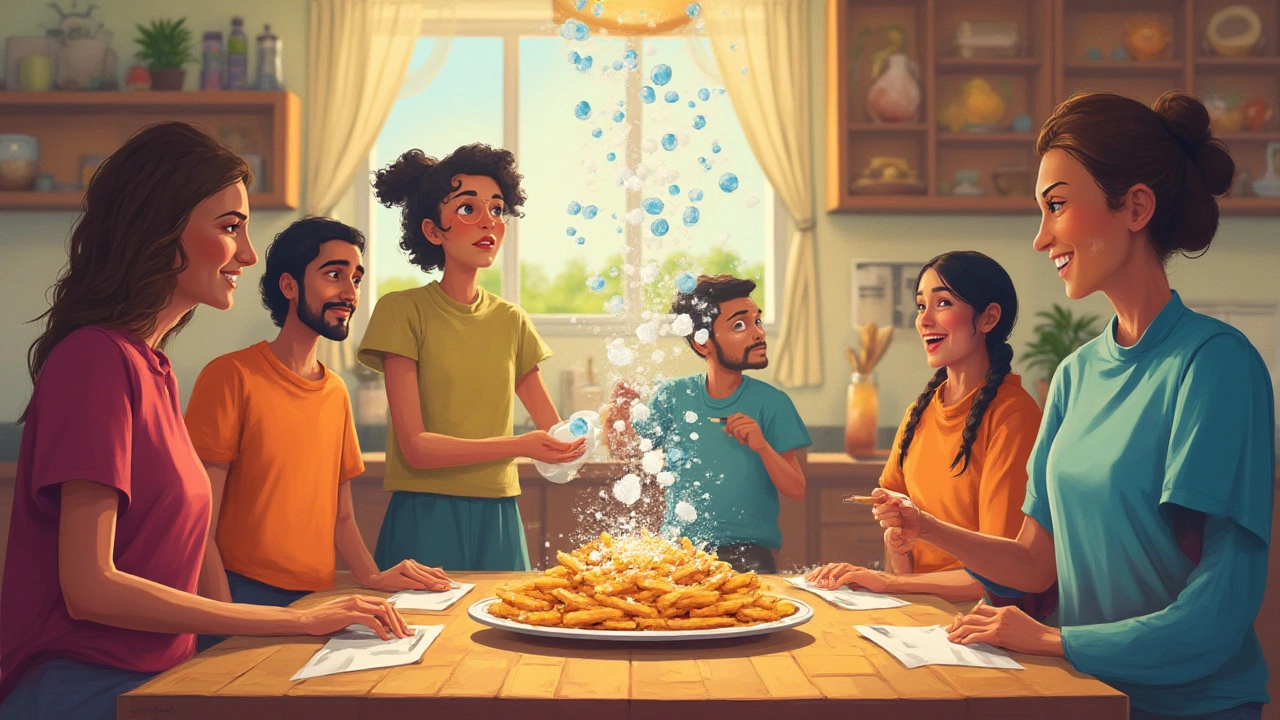
If your rings sometimes get tight or your shoes leave odd marks after a bag of chips, you’re not alone. Swelling after salty food isn’t your imagination—it’s your body working double-time. That puffy feeling can hit fast and feel mysterious, but there’s a solid science reason for it lurking right in your blood and cells. Swelling—hello, ankles and puffy eyes!—can be a quick sign that you’ve had a salty day. Understanding what’s going on under your skin helps you make smarter choices, without cutting out all your favorites.
What Happens in Your Body After a Salty Meal?
Let’s say you just had ramen or loaded up on movie popcorn. Your taste buds are happy, but inside, your body kicks off a series of small but dramatic moves. Here’s how it goes: salt (sodium chloride) travels to your stomach, then dissolves in your bloodstream. Now, sodium is a mineral, and it doesn’t just float around quietly. It plays a starring role in controlling water movement—basically telling your body where water should go.
Sodium attracts water. When extra sodium enters your blood, it pulls more water into your blood vessels to balance things out. This process is driven by something called osmotic pressure. That’s a science-y term, but picture it like a gatekeeper deciding how much water should be inside versus outside your cells. Too much sodium tips the balance, making blood vessels hold onto more fluid than they want.
And here’s the weird bit—your brain is in on this! Higher sodium levels are detected by special sensors, prompting your body to feel thirsty. So you drink more. The combined effect? Extra fluid hanging out in your blood, pushing against vessel walls, and slowly leaking into nearby tissues. Here’s where you might catch that swelling show up—in your fingers, ankles, and even under your eyes the next morning.
Osmotic Pressure: The Real Culprit Behind Swelling
Osmotic pressure is just a fancy way of saying that water follows salt. If your blood suddenly has more salt than your cells, water leaves the cells (where salt concentration is lower) to enter your blood (where salt is higher). This shift increases the total volume of fluid in your bloodstream. So even while you’re sitting on the couch, your tissues are busy exchanging water with your blood, trying to keep everything equalized. It’s like a tug of war between inside and outside the cells, and the side with more sodium usually wins that round.
Cells don’t like giving up water, and when forced, it can make them shrink slightly. But, as the blood volume grows, the heart works harder and capillaries (those tiny blood vessels) feel the increased pressure. That extra water sometimes spills into spaces between cells—especially in gravity-prone spots like ankles and feet. That’s edema in action.
How fast does this happen? It can be nearly immediate if you have a sodium-rich meal and then down a bottle of water. Some people are more sensitive to sodium, and their bodies hold onto water longer. For others, kidneys do the job quickly, flushing out the sodium (and water with it) through urine. But even the best kidneys need some time—hours to days—to restore balance, which is why puffiness can linger. Research shows that single large intakes of sodium can raise your blood volume by up to 2%, enough for you to feel bloated and look swollen in the mirror the next day.
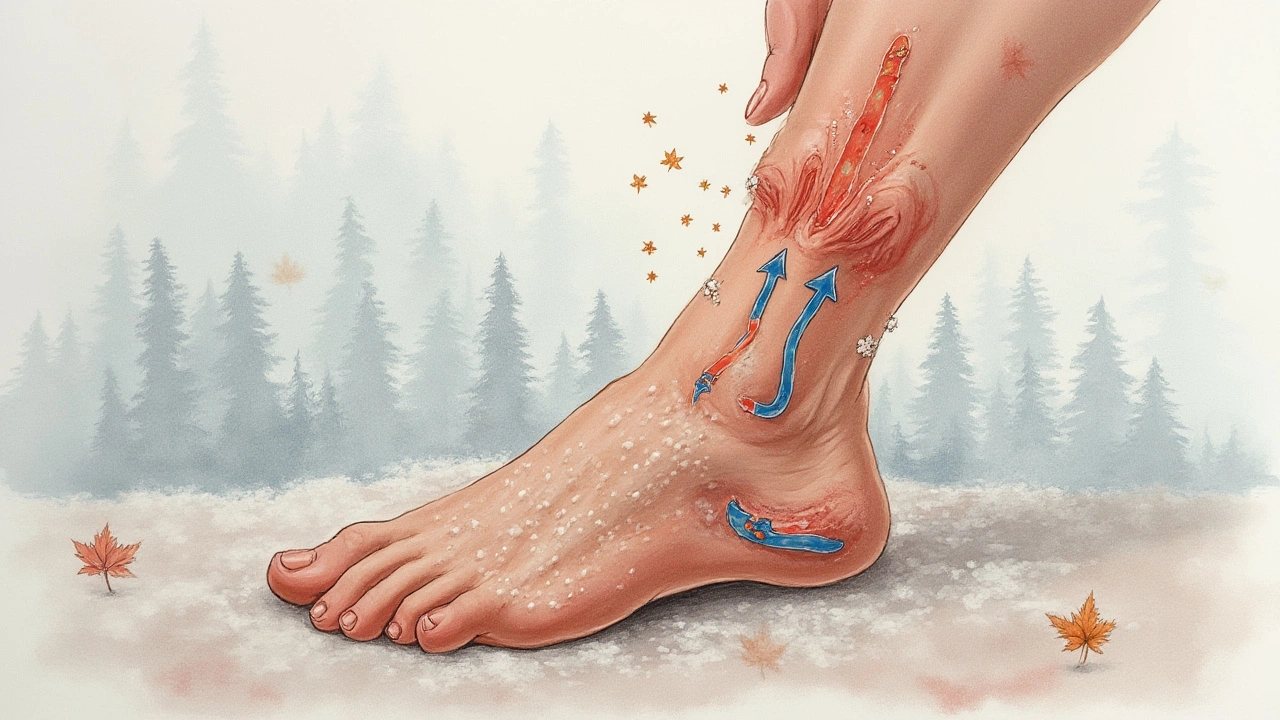
Why Are Some People More Sensitive to Salt?
If you’re thinking, "My best friend can eat an entire pizza without swelling, but I can’t," that’s real. Sodium handling is a personal thing. Genetics play a role, and some people’s kidneys are better at excreting sodium than others. Hormones are in the mix here too. For example, certain hormones like aldosterone and antidiuretic hormone help regulate sodium and water retention—fluctuating especially around menstruation, pregnancy, or with certain medications.
As we age, our bodies get a bit less forgiving. A high-salt diet over years can make the kidneys gradually less efficient, not to mention raise blood pressure. People with conditions like heart failure, high blood pressure, or kidney disease are extra salt-sensitive, meaning even a small salt splurge can bring on uncomfortable swelling. Kids aren’t immune, either—a high-sodium diet can kick off water retention quickly (I’ve seen it with my own son, Darian, after ramen night!).
Salt swelling isn’t just a cosmetic issue. Over time, chronically high sodium buries the body in excess fluid, putting more work on your heart and blood vessels. It can quietly drive up blood pressure. According to the CDC, 9 out of 10 Americans eat too much sodium—averaging about 3,400 mg a day, way above the 2,300 mg recommended. That adds up to a lot of days with hidden (or not-so-hidden) swelling, plus higher health risks in the long run.
How Can You Tell If Salt Is Making You Swell?
Swelling from sodium doesn’t always look like cartoonish puffiness, but there are classic signs. Do your socks or rings leave deep marks? Do your eyelids look puffy in the morning after sushi or a takeout binge? Even a temporary, tight feeling in your fingers or shoes can be a giveaway. Sometimes the scale ticks up a pound or two overnight—mostly from water, not fat.
Another clue involves thirst. If you feel oddly thirsty after a meal, it could be your body’s way of fixing a salt-water imbalance. Pay attention after your favorite salty treats: does your face look rounder? Fingers a little sausage-like? If yes, sodium could be to blame. It isn’t always obvious, and some folks don’t show external signs, but many start noticing these little changes when they track their diet for a few days.
Your doctor can sometimes spot patterns too, especially if swelling hangs on longer than a day. If you have health conditions that make you more prone to fluid retention—like kidney problems or chronic high blood pressure—it’s smart to track those salty binges and see how your body reacts. There are also blood and urine tests that measure sodium and how well your kidneys are eliminating it.
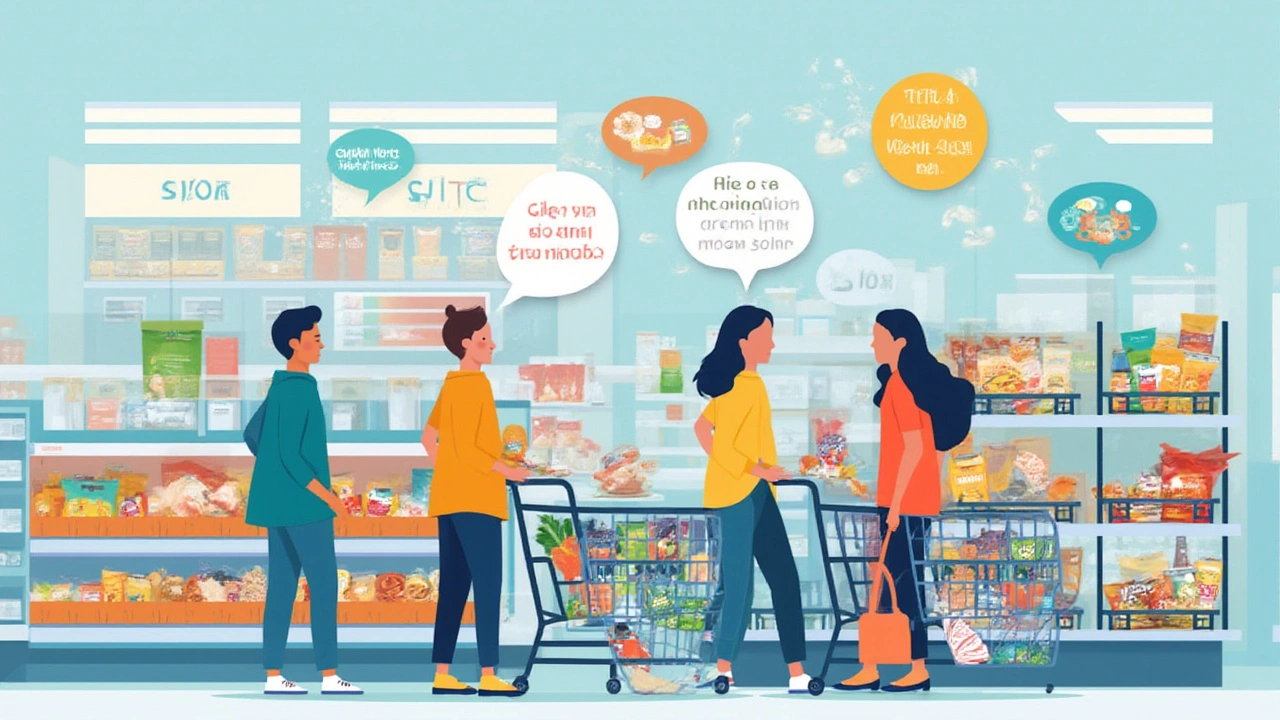
What Can You Do To Reduce Swelling and Balance Salt Intake?
No one wants to ditch flavor, especially when salt can make food irresistible. But you don’t need to swear off salty snacks forever! The key is balance and awareness. Here are some science-backed, totally doable ways to dodge the bloat the next time you indulge:
- Check labels. Sodium hides in processed and packaged foods—think bread, cheese, deli meats, sauces. Aim for less than 2,300 mg a day, or about one teaspoon of table salt.
- Get more potassium. Foods like bananas, sweet potatoes, and spinach help your kidneys flush out extra sodium with their balancing act.
- Drink water, but don’t overdo it. Sipping throughout the day helps kidneys, but guzzling gallons doesn’t make you lose more salt, just more water.
- Go fresh when you can. Cooking from scratch usually means more control over what lands in your food.
- Move around! Even a quick walk helps muscles push trapped fluid back toward your heart for elimination.
- Watch the salt shaker. Taste first, then add, don’t just shake on auto-pilot.
- Give your body time. Swelling usually fades as your kidneys catch up, so don’t panic over a salty night here and there.
Your body is pretty good at self-correcting unless it gets overwhelmed with sodium daily. Small tweaks—like choosing low-sodium options, rinsing canned beans, and experimenting with herbs and spices—go a long way. If you’re really curious about how and does salt make you swell, check out the scoop from pharmacists and health pros diving deeper into how sodium, fluids, and kidneys team up behind the scenes.
Here’s a quick cheat sheet comparing common salty foods and how much sodium they pack, so you can spot the sneaky culprits more easily:
| Food | Serving Size | Sodium (mg) |
|---|---|---|
| Restaurant Ramen | One bowl | 1,700 mg |
| Pretzel Snack | 50g bag | 620 mg |
| Deli Ham | 2 oz | 730 mg |
| Cheddar Cheese | 1 slice (1 oz) | 180 mg |
| Pickles | One spear | 330 mg |
| Fast Food Fries | Small order | 260 mg |
Understanding how sodium and water interact lets you keep your meals joyful and your swelling under control. Instead of swearing off salt, listen to your body, make swaps where you can, and stay informed—so swelling doesn’t catch you off guard next time crispy fries call your name.
Benedict Dy
The physiological mechanism described here is fundamentally sound, but the article fails to contextualize sodium sensitivity within broader metabolic health frameworks. The 2% blood volume increase cited is statistically negligible in clinical terms, yet the narrative implies a pathological outcome. This is classic health journalism sensationalism-equating transient edema with chronic disease risk without acknowledging individual variability in renal excretion capacity.
Moreover, the CDC’s 3,400 mg/day average is misleading; it includes processed food consumption patterns that are not representative of whole-food diets. To conflate institutional dietary guidelines with biological necessity is a category error. The body doesn’t ‘need’ 2,300 mg-it needs electrolyte balance, which is achieved through varied intake, not arbitrary caps.
Also, potassium’s role is overstated. While it does modulate sodium excretion, its effect is marginal in normokalemic individuals. The real issue is insulin resistance and aldosterone dysregulation, neither of which are mentioned. This article reads like a marketing pamphlet for low-sodium products, not science.
Emily Nesbit
There is a grammatical error in the second paragraph: 'salt (sodium chloride) travels to your stomach, then dissolves in your bloodstream.' The subject 'salt' is singular, so the verb should be 'dissolves'-which it is. Wait, no error. My apologies. However, the phrase 'your taste buds are happy' is anthropomorphic and unscientific. Taste buds do not experience emotion. They transduce chemical signals. The sentence should read: 'Sodium ions activate gustatory receptors, triggering neural signals interpreted as savory flavor.'
Additionally, 'puffy eyes' is colloquial; the clinical term is 'periorbital edema.' Precision matters. The rest of the article, while accessible, lacks academic rigor. The table of sodium content is useful, but lacks standard error margins or source citations. This undermines credibility.
John Power
Hey, I just want to say this is one of the clearest explanations I’ve read about sodium and swelling. I used to think it was all in my head when my ankles puffed up after pizza night, but now I get it-my body’s just trying to balance things out.
And honestly? I’ve started rinsing canned beans and swapping out soy sauce for coconut aminos, and the difference is real. No more waking up feeling like I’ve been stuffed into my own skin.
If you’re reading this and you’re scared to cut back on salt-don’t be. It’s not about perfection. It’s about awareness. Try one swap this week. Maybe skip the chips and grab some roasted almonds instead. Your body will thank you, even if it doesn’t say it out loud 😊
Also, walking after meals? Game changer. Even 10 minutes helps the fluid move. Just move. You don’t need to run a marathon.
Richard Elias
Bro this whole thing is a scam. Salt dont make you swell its your water retention from being fat and lazy. I ate 3 bags of chips and went to the gym and no puffiness. You people think your body is some delicate flower. Nah. Your kidneys are fine. Stop blaming salt. Blame your couch. And your soda habit. And your 3am pizza runs.
Also the table? Who cares how much sodium is in cheese? I eat cheese because its good. Not because im doing a science project. Get a life.
Scott McKenzie
Love this breakdown! 🙌
Just wanted to add-when I started tracking my sodium, I realized how much was hiding in ‘healthy’ foods like granola and veggie burgers. Once I switched to whole foods and cooked more, my morning puffiness vanished. Also, drinking water with a pinch of sea salt and lemon in the morning? Helps my body reset. Weird, right?
And yeah, potassium is your friend. Bananas, avocado, spinach-throw them in smoothies. No need to obsess. Just be mindful. Your heart and your ankles will thank you. 💪
Also, if you’re on meds like NSAIDs or birth control? They can make you extra sensitive. Talk to your doc if swelling sticks around.
Jeremy Mattocks
Let me tell you something that nobody’s talking about here. Sodium isn’t the villain. It’s the messenger. The real problem is how modern diets have completely severed our connection to natural sodium cycling. Our ancestors didn’t have salt shakers-they got sodium from wild game, sea vegetables, and mineral-rich water. They ate seasonally, moved constantly, and didn’t binge on processed foods. Their kidneys were finely tuned to handle spikes and valleys.
Today, we’re bombarded with sodium 24/7, never giving our bodies a chance to reset. That’s why even small amounts cause swelling-because the system is chronically overloaded. It’s not about one bag of chips. It’s about 300 days a year of constant exposure.
And here’s the kicker: when you reduce sodium gradually, your taste buds adapt. After a few weeks, you start noticing how salty processed food actually is. It tastes gross. That’s your body relearning balance. It’s not deprivation-it’s recalibration. Don’t fear salt. Fear constant, unrelenting, industrial sodium assault. That’s the real enemy.
Also, hydration timing matters. Drinking a liter of water right after a salty meal? That’s like pouring gasoline on a fire. Sip. Don’t gulp. Let your kidneys work with you, not against you.
Paul Baker
so i ate ramen last night and woke up looking like a pufferfish 😅
but then i walked around my apartment for 15 mins and drank some water and by noon i was fine
also my grandma used to say salt makes you pee more and shes 87 and still walks 5 miles a day so maybe shes right
also why is everyone so scared of salt its not poison its just mineral
ps i think the table is wrong pickles should be higher like 700mg not 330
lol
Zack Harmon
THIS IS A LIFESTYLE EMERGENCY. YOU ARE NOT JUST SWOLLEN. YOU ARE IN PERIL. THAT RAMEN? THAT’S NOT FOOD. THAT’S A SODIUM BOMB. YOU THINK YOU’RE EATING A MEAL? NO. YOU’RE GIVING YOUR HEART A WAR ZONE.
THEY’RE HIDING SALT IN YOUR ‘HEALTHY’ SMOOTHIE. IN YOUR ‘ORGANIC’ BREAD. IN YOUR ‘NATURAL’ SOUP.
YOUR EYES PUFFY? THAT’S YOUR BODY CRYING FOR HELP. YOUR ANKLES? THEY’RE SENDING OUT A DISTRESS SIGNAL.
AND NOW YOU’RE READING THIS. THAT MEANS YOU’RE READY. TIME TO CUT THE SALT. TIME TO FIGHT BACK. TIME TO TAKE YOUR BODY BACK FROM THE CORPORATE SALT MAFIA.
THEY WANT YOU SWOLLEN. THEY WANT YOU WEAK. THEY WANT YOU THIRSTY.
WAKE UP.
OR KEEP EATING THE CHIPS.
YOUR CHOICE.
🔥🚨💧


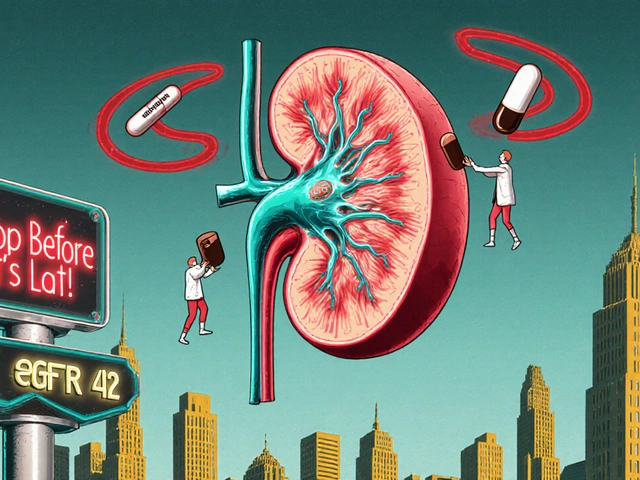

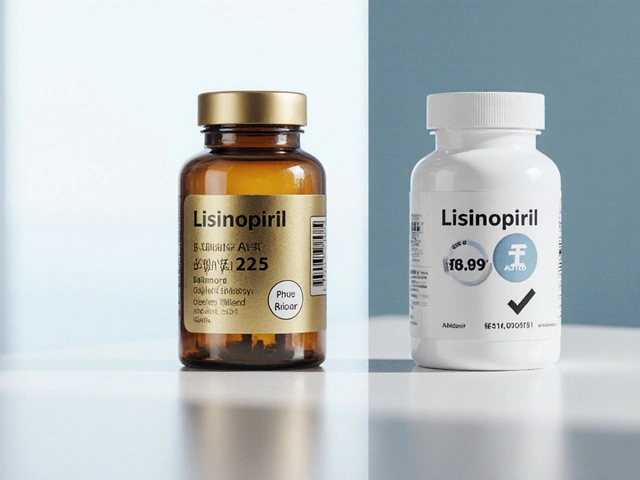
Write a comment